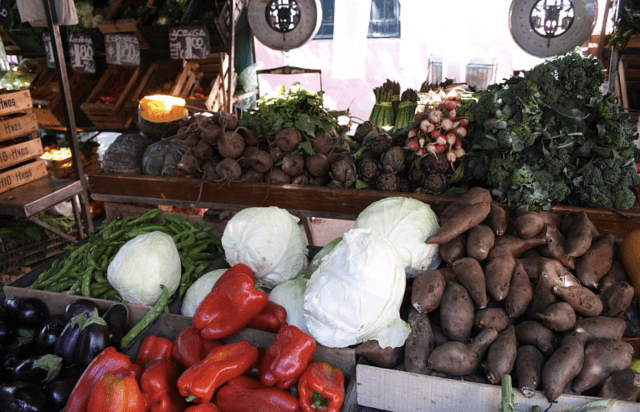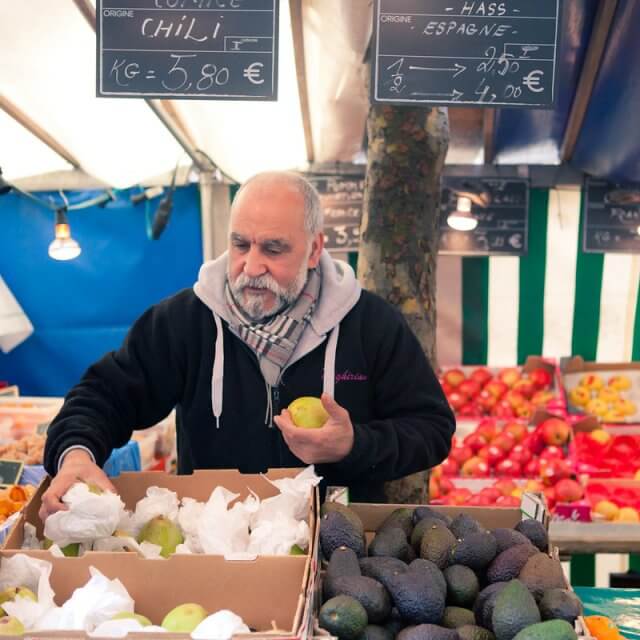The action and its aims
Brighton and Hove City Council adopted the Planning Advice Note (PAN) on the incorporation of food growing spaces into plans for new building developments in the city. PAN 06 forms part of the Local Development Framework and is aimed at developers that are preparing planning applications. Although compliance is voluntary, it gives a strong indication of the planning authority’s preference. The aim is to encourage food growing spaces within new developments and the urban environment at appropriate scales.
When it was introduced
The Planning Advice Note (PAN) was published in September 2011.
Why it was needed
There is much interest in urban agriculture in Brighton and Hove but access to land is at a premium and there is a need to incorporate growing spaces into the fabric of the city.
Who initiated it, who is involved
The Food Matters charity and academics from the University of Brighton first approached Brighton and Hove City Council (BHCC) with the idea of using the planning system to create new food growing spaces. The PAN was written by Food Matters as part of the Harvest Brighton and Hove project (funded by the National Lottery), with support from BHCC. It was published in September 2011.
Impacts to date
Between 2011 and 2013, planning applications including food growing spaces increased from 1% to almost 40%.





